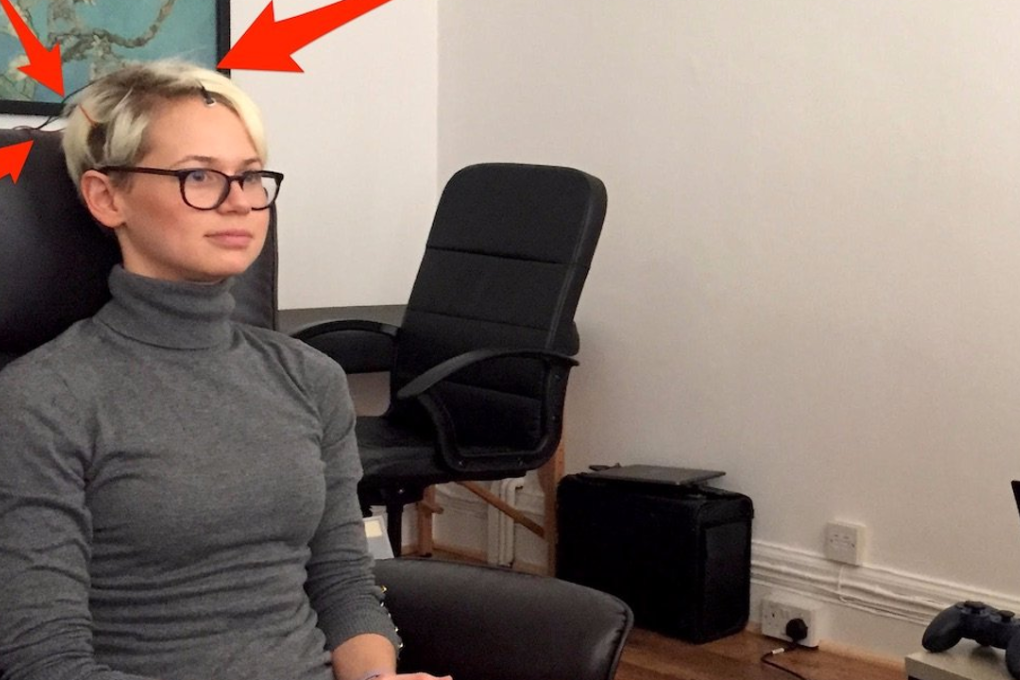New evidence supports a controversial technique that involves controlling a screen with your mind
US education chief Betsy DeVos advocates neurofeedback and invests in companies researching brain wave control

A new study suggests that a controversial technique backed by US Education Secretary Betsy DeVos could be helpful for people with moderate depression.
The technique, called neurofeedback, involves teaching people to control their own brain waves, and backers like DeVos have peddled it as a panacea for everything from increased happiness to improved athletic performance.
Neurofeedback is not a silver bullet for all that ails us, however, as my recent deep dive into the technique revealed. But a lengthy and growing body of research does suggest it could be helpful for treating certain conditions including ADHD and depression.
I was sitting on a leather chair watching two polar bears have sex on a tv screen when it happened for the first time: I made the image in front of me shrink — with my mind.
No, I don’t have superpowers. In that moment, I was able to control the screen through a process of neurofeedback. The set-up usually involves a basic EEG machine, which is hooked up to a video screen or set of speakers that respond to your brain’s electrical activity (yep, your brain is electric). That real-time feedback can, in theory, teach you how to control your brain waves.
During my visit to a neurofeedback facility run by a company called BrainTrainUK, psychologist Zuzana Radacovska explained the process by pretending she’d caught a glimpse of herself in a mirror and noticed she was slouching.